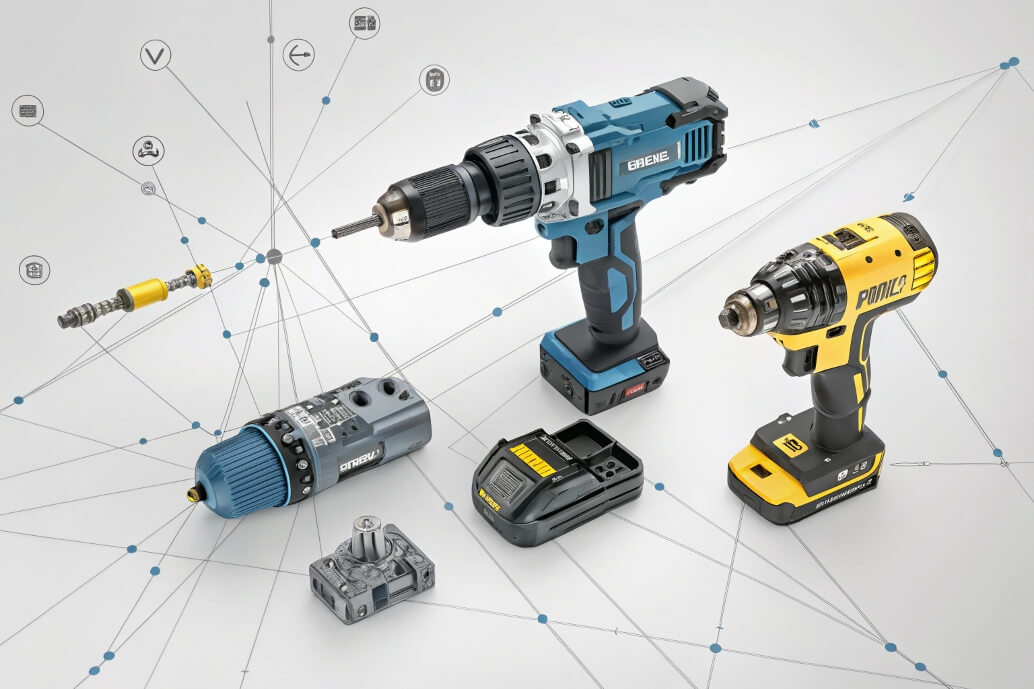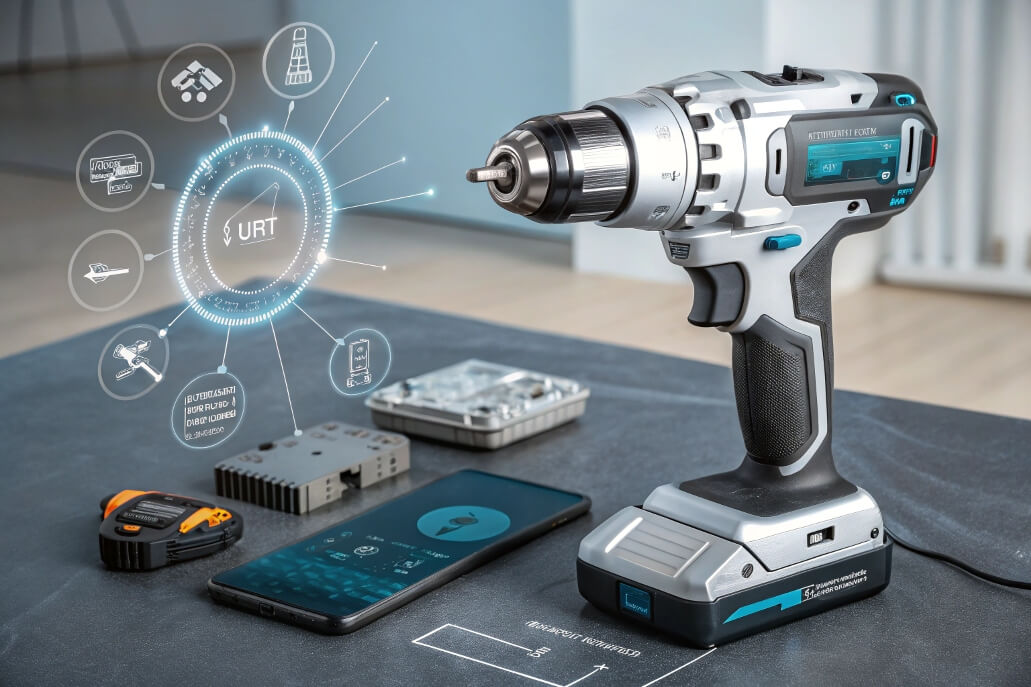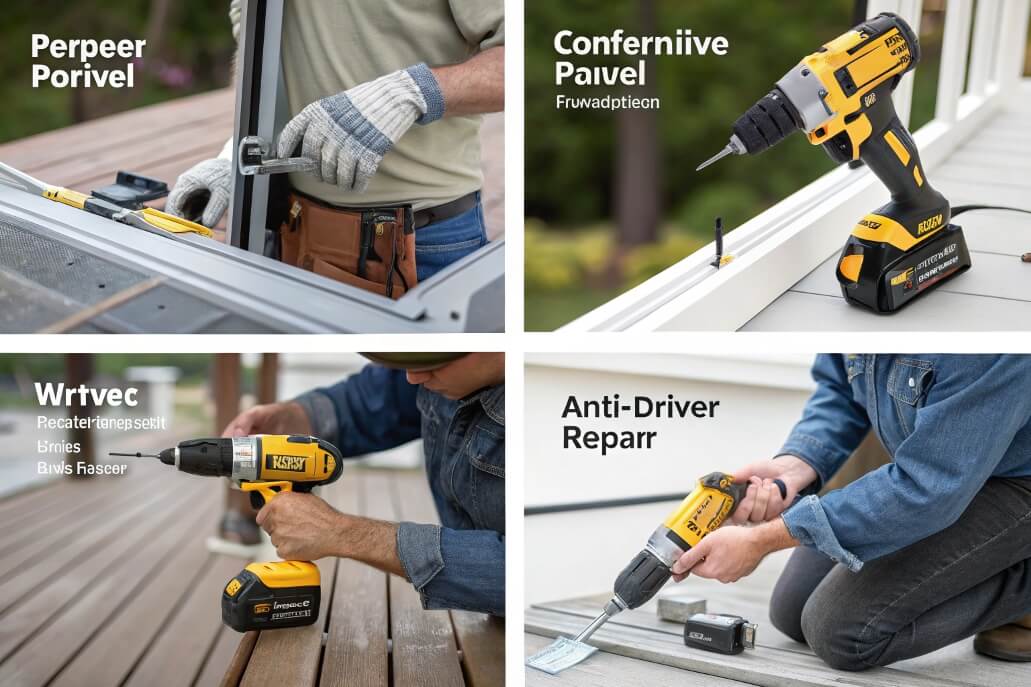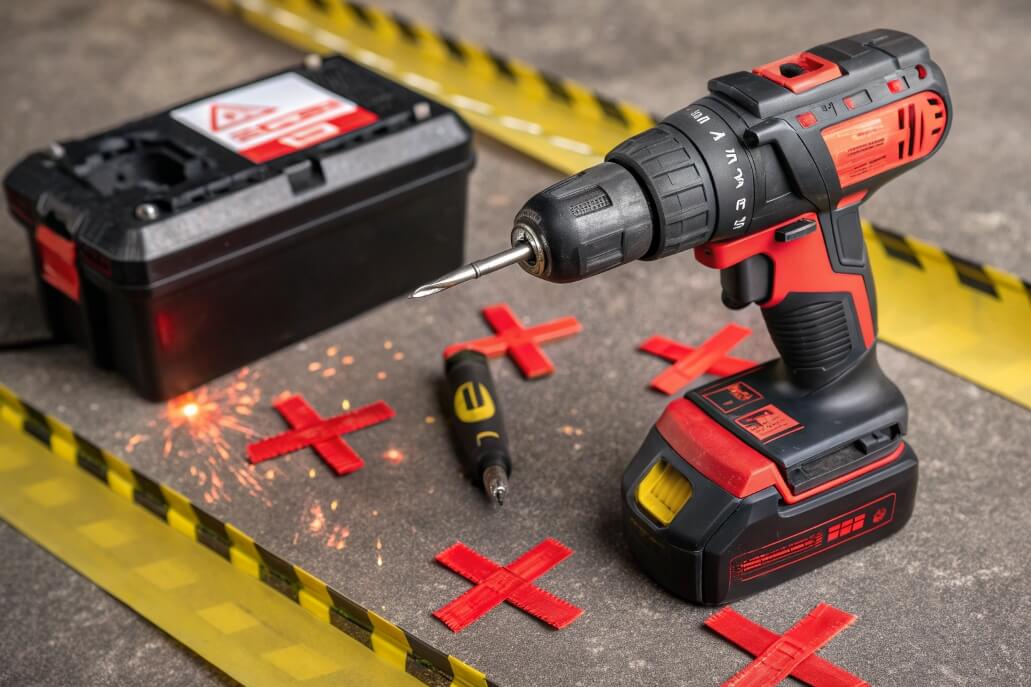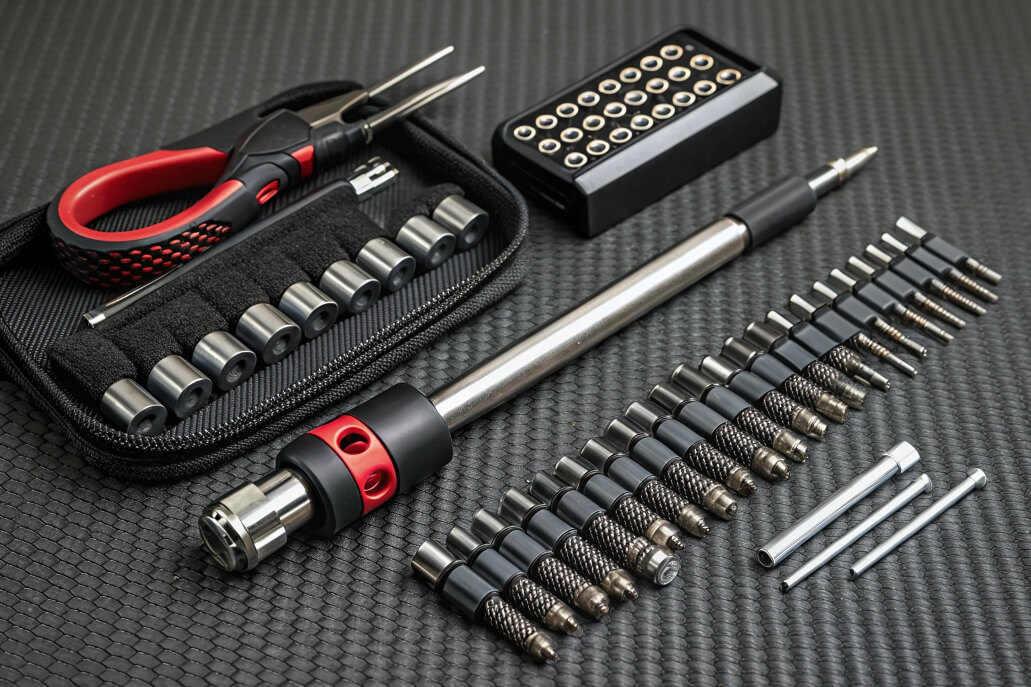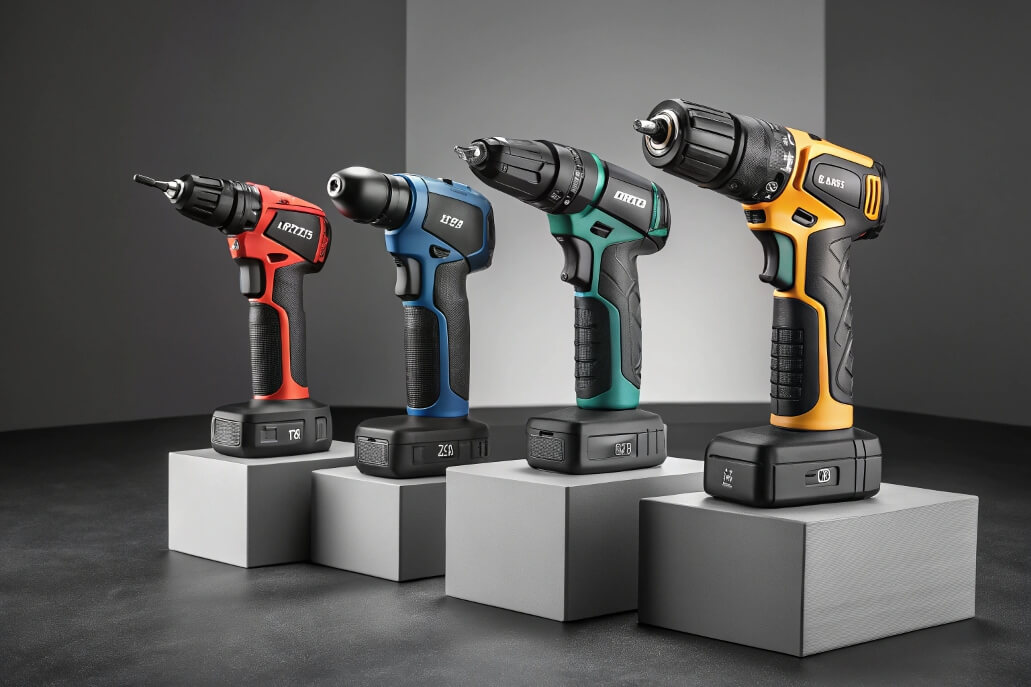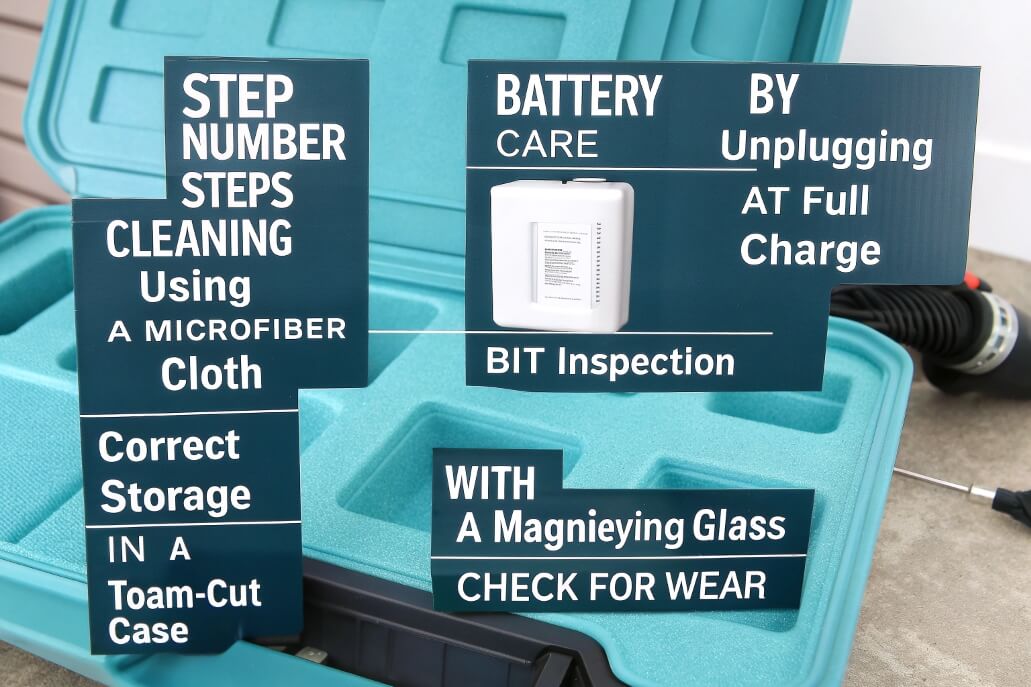How to Choose the Right Types of Electric Screwdrivers in 2025
How to Choose the Right Types of Electric Screwdrivers in 2025?
Tired of hand cramps and slow progress? Electric screwdrivers fix that fast.
Electric screwdrivers offer speed, comfort, and precision, making them essential tools for modern DIY and professional tasks.
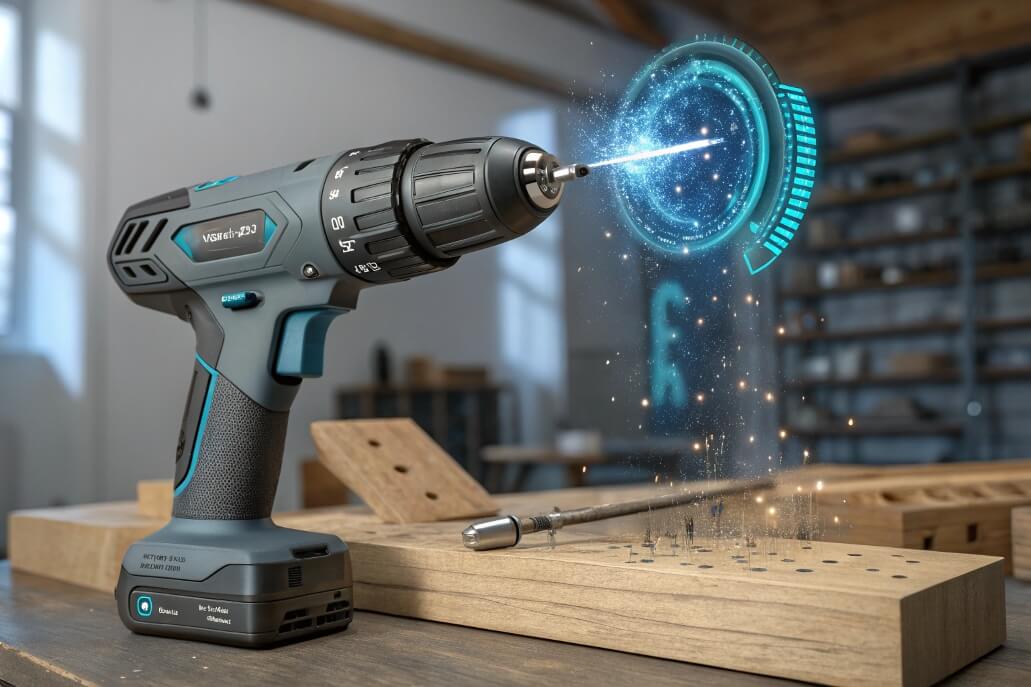
You’re about to find the right one for your needs—keep reading.
Why Are Electric Screwdrivers a Game-Changer?
Manual screwdrivers take too long and hurt your hand. Electric ones are faster and easier to use.
Electric screwdrivers reduce strain, boost productivity, and improve control for home and professional use.
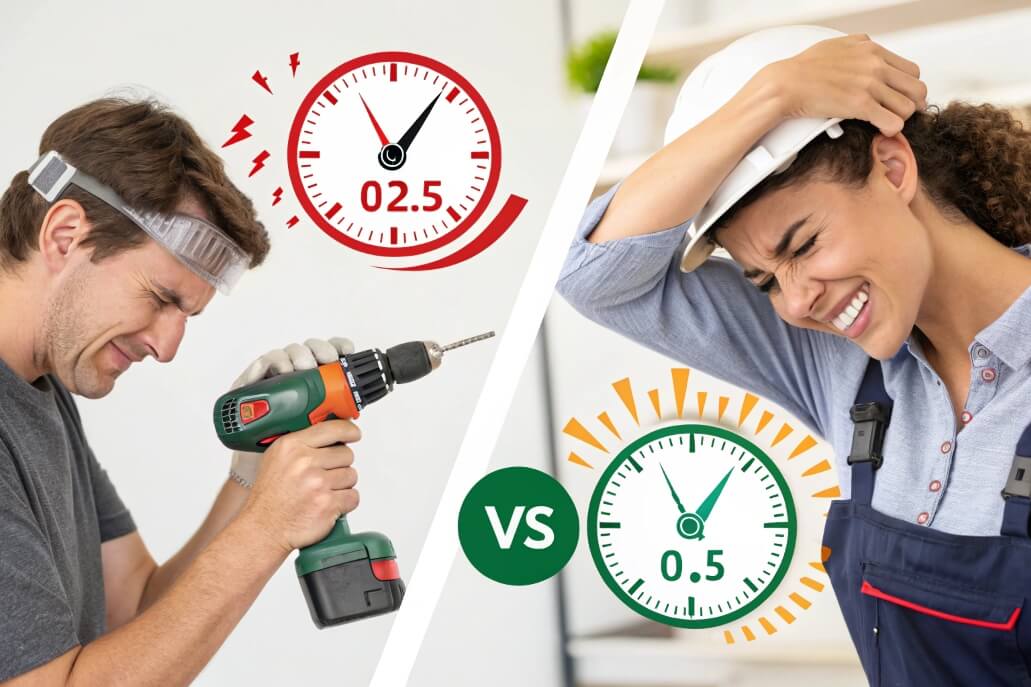
The Efficiency Edge
When I switched to electric, my build time was cut in half. These tools apply consistent torque and save wrist strain. For repetitive tasks, the difference is night and day.
When Ergonomics Matters
Ergonomic designs reduce fatigue. This is particularly important, Electric. Manual Screwdrivers vs. Electric Screwdrivers. They’re suitable; however, cordless models offer greater flexibility. Manual Screwdrivers vs. Electric. They’re suitable; however, cordless models provide greater flexibility when assembling furniture or installing shelves. Lightweight models also reduce stress on arms and shoulders.
| Feature | Manual Screwdrivers | Manual Screwdrivers |
|---|---|---|
| Torque control | No | Yes |
| Speed | Slow | Fast |
| Comfort | Low | High |
| Repetition fatigue | High | Low |
What Are the Different Types of Electric Screwdrivers?
Not all tasks need the same screwdriver. Each type has a purpose.
Electric screwdrivers vary by shape, power source, and function—choose based on your typical projects.
Corded vs. Cordless
Corded screwdrivers give constant power. They’re suitable. However, cordless models offer you more for workshops. But cordless models provide you with freedom and portability. Lithium-ion batteries last long and recharge fast.
Handle Design
- Straight: Ideal for tight spots.
- Pistol Grip: More control and power.
- Right-Angle: Perfect for corners.
Specialty Uses
If you fix laptops, look for precision screwdrivers. Automotive work needs high torque. Heavy-duty assembly may need an impact-ready model.
| Type | Best For | Limitation |
|---|---|---|
| Corded | Constant use, no recharging | Less portable |
| Cordless | On-the-go tasks | The battery needs to be charged |
| Right-Angle | Tight corners | Less general-purpose use |
| Precision Driver | Electronics | Not for heavy-duty tasks |
What Key Features Should I Look for in 2025?
Too many settings or not enough? Wrong features waste money.
Look for adjustable torque, fast-charging batteries, and ergonomic designs for a reliable, safe experience.
Torque and Speed
Good screwdrivers let you control both. This prevents overdriving screws and stripping threads.
Battery and Charging
Most 2025 models use Li-ion batteries. They’re lighter, charge faster, and last longer than NiMH.
Ergonomics and Extras
An LED light helps in dark spots. A magnetic tip keeps screws in place. A comfortable grip keeps your hand steady.
| Feature | Why It Matters |
|---|---|
| Torque control | Prevents damage to materials |
| Speed settings | Adjusts for soft vs. hard materials |
| Battery type | Impacts charge time and longevity |
| LED light | Helps in dark or tight areas |
| Bit system | Swappable bits save time and space |
How Do I Match the Screwdriver Type to My Task?
Using the wrong screwdriver can strip screws or underpower a job.
Match the screwdriver’s torque, size, and battery power to your task for the best results.
Light vs. Heavy Use
For light-duty work, such as building IKEA furniture, opt for a cordless tool with low torque. Heavy-duty jobs need strong torque and a good grip.
Indoor vs. Outdoor
Outside work may need weather-resistant models and more runtime. Inside tasks need lighter tools with more precision.
Examples from My Work
I use a pivoting handle model when working on appliances. For my gaming PC, I switched to a precision screwdriver with torque limits.
| Task | Recommended Type |
|---|---|
| Furniture Assembly | Cordless, low torque |
| PC Building | Precision, torque control |
| Automotive Repair | High torque, pistol grip |
| Outdoor Repairs | Long battery, weatherproof |
Electric Screwdriver vs. Drill: What’s the Difference?
I used to think drills could do everything. I was wrong.
Electric screwdrivers are lighter and more precise, while drills are better for heavy-duty or high-speed work.
Torque and Speed
Drills usually have more torque and RPMs. That’s great for drilling but risky for driving small screws.
When to Use Each
Use screwdrivers for tasks like hanging blinds or assembling furniture. Use drills for boring holes or working on thick materials.
Cost and Control
Electric screwdrivers are more affordable and easier to handle. They also reduce the chance of overtightening or damaging parts.
| Feature | Electric Screwdriver | Drill |
|---|---|---|
| Weight | Light | Heavy |
| Torque | Moderate | High |
| Precision | High | Low (for screws) |
| Best Use | Screws | Holes, heavy work |
What Mistakes Should I Avoid When Buying?
I wasted money on a model that didn’t fit my hand.
Common mistakes include ignoring ergonomics, torque settings, and the battery type required for your tasks, such as building IKEA furniture; opt for a cordless tool.
Overlooking Grip and Comfort
A tool that’s hard to hold leads to bad work. I once returned a screwdriver just because it slipped too often.
Battery Compatibility
Not all batteries work across brands. Check if your screwdriver needs proprietary chargers.
Don’t Just Look at Price
Cheap tools often lack torque control or quality bits. Balance cost with quality and reviews.
| Mistake | Result |
|---|---|
| Wrong torque level | Stripped screws |
| No grip comfort | Hand fatigue, poor control |
| Ignoring battery type | Short runtime or longer charging |
| Choosing only by price | Short tool lifespan, fewer features |
Which Accessories and Attachments Are Worth Having?
The right bits and holders make all the difference.
Essential accessories include multiple bit types, magnetic extensions, and flexible shafts for awkward spots.
Bits and Holders
Buy a complete set: Phillips, Torx, flathead, and hex. Magnetic holders save time and keep screws from falling.
Extensions and Flex Shafts
Flexible shafts helped me a lot under sinks or inside small cabinets. They bend where your wrist can't.
Storage and Power
Keep bits organized in a case. Look for screwdrivers with USB charging capabilities, or consider purchasing a spare battery to avoid downtime.
| Accessory | Use Case |
|---|---|
| Bit Set | Covers all screw types |
| Magnetic Bit Holder | Better grip, avoids screw drops |
| Flexible Shaft | Works in tight corners |
| USB Charger | Portable charging option |
| Storage Case | Organizes everything in one place |
What Are the Best Brands and Models in 2025?
Some brands are worth the extra cost.
Top electric screwdriver brands in 2025 include Bosch, Makita, DeWalt, and Black+Decker for quality and innovation.
Brand Overview
- Bosch: Known for precision and design.
- Makita: Durable and suitable for pros.
- DeWalt: Great torque and performance.
- Black+Decker: Budget-friendly for home use.
Where to Buy
I’ve had good luck with Amazon for variety. Home Depot and Lowe’s are great for testing grip in-store.
| Brand | Strengths | Ideal User |
|---|---|---|
| Bosch | Precision, compact | DIYers, tech tasks |
| Makita | Strong, long battery life | Professionals |
| DeWalt | High torque, reliability | Heavy users |
| Black+Decker | Affordable, easy to use | Casual users |
How Do I Maintain and Use Electric Screwdrivers Safely?
A broken tool slows everything down. So does a stripped screw.
Clean, store, and charge your tool correctly. Use the correct bits to avoid wear and injury.
Clean and Store
Wipe down the tool after use. Keep it in a case or dry drawer. Dust shortens lifespan.
Battery Care
Don’t leave it on charge overnight. Use original chargers. Replace batteries before they weaken.
Bit Usage
Use the correct bit size and type. Don’t force it if it doesn’t fit. That’s how you strip screws or damage motors.
| Task | Best Practice |
|---|---|
| Cleaning | Wipe with a clean cloth. |
| Battery Maintenance | Avoid overcharging |
| Bit Selection | Match screw head exactly |
| Storage | Keep dry and dust-free |
What Should My Buying Checklist Include?
Forget one feature, and the whole tool might not work for you.
Make sure your checklist covers torque, speed, grip, and the right accessories for your task.
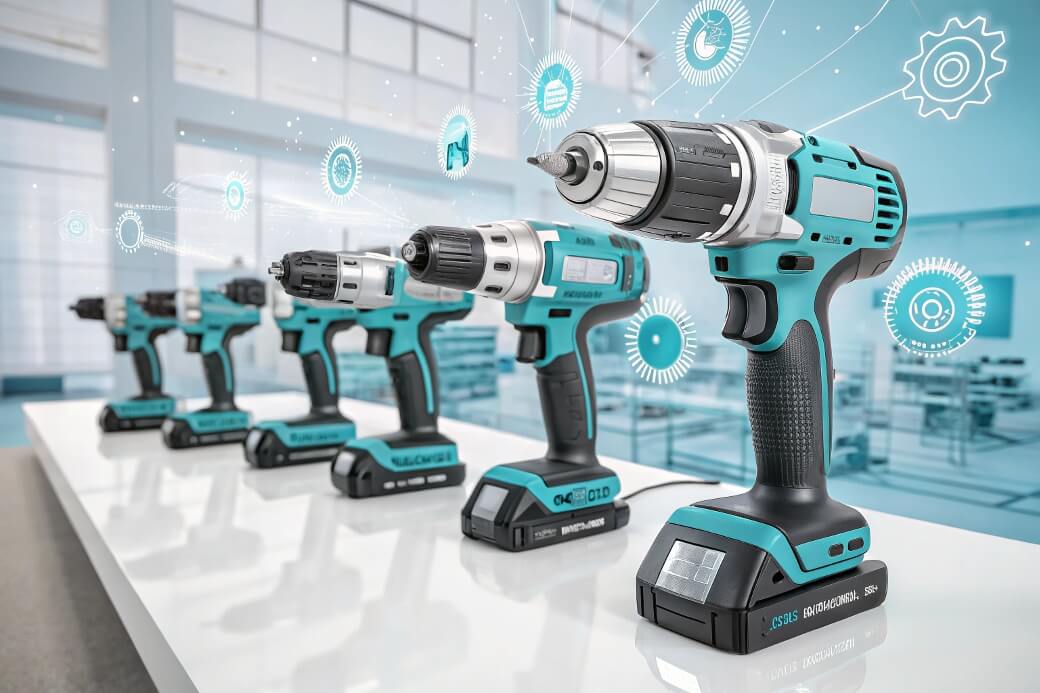
Key Items to Check
I always double-check torque options and grip before making a purchase. Battery life and bit compatibility are next. However, cordless models offer you greater A heavy-duty assembly may require impact-resistant priorities.
| Checklist Item |
Why It Matters
|
|---|---|
| Torque Settings | Adjusts to different screw materials |
| Speed Control | Prevents stripping and overdriving |
| Battery Life | Longer use between charges |
| Grip Comfort | Reduces hand fatigue |
| Bit Compatibility | Avoids future upgrade problems |
Electric Screwdriver FAQs
Got questions? So did I.
Here are some answers to common doubts about torque, battery life, and screwdriver choices.
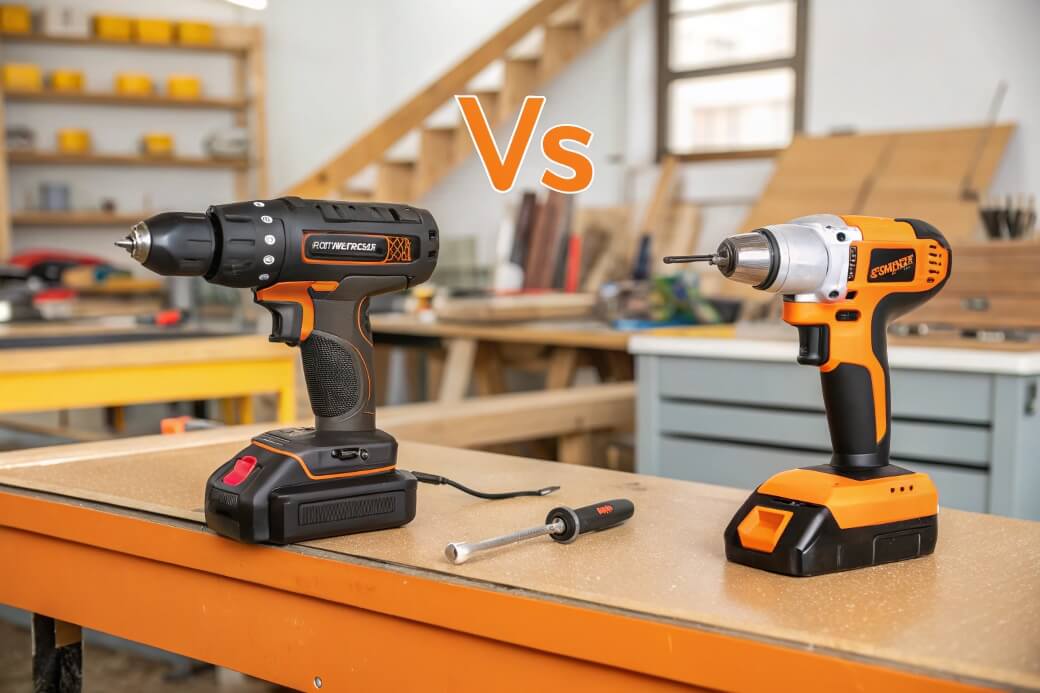
Common Questions
Can an electric screwdriver drill holes?
Not efficiently. Use a drill for that.
How much torque is enough for home use?
4-10 Nm is usually fine.
Best tool for tight spaces?
A right-angle or compact model.
Are bits universal?
Mostly yes, but some brands have unique chunks.
Battery life?
2 to 4 hours of continuous use, depending on the model.
Conclusion
Pick your tool based on task, comfort, and torque, not price alone. Don’t forget to use the checklist.
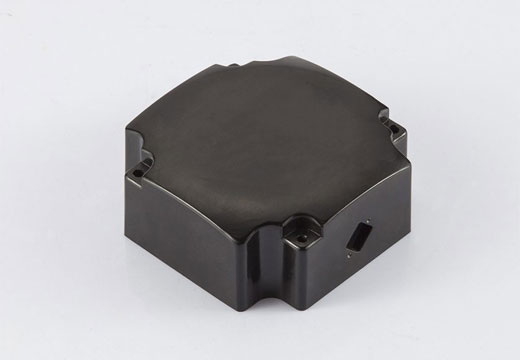 echo 显示命令
echo 显示命令

